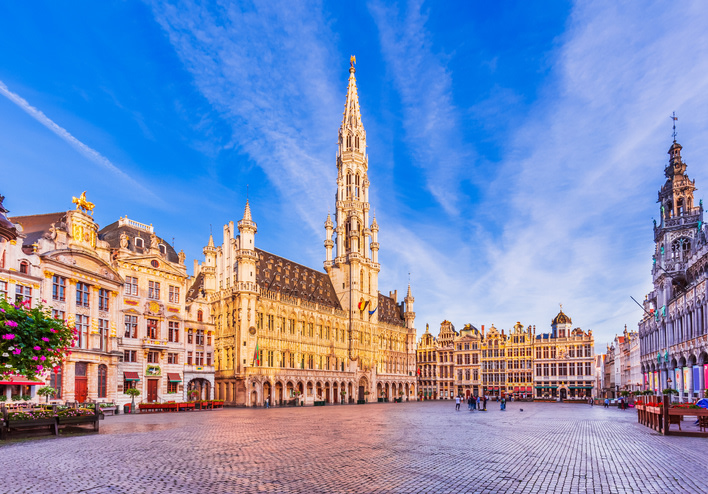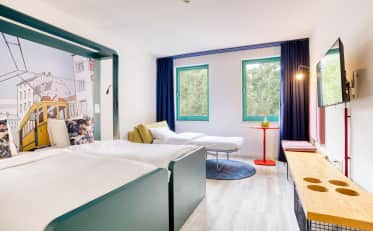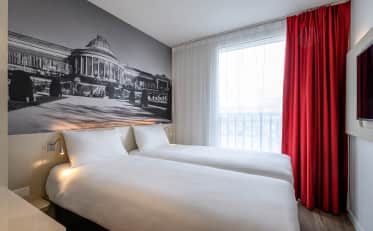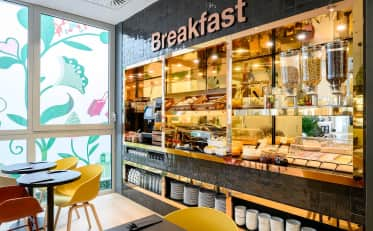
Be amazed by the Grand-Place in Brussels
Are you visiting Brussels? Surely you've planned a visit to the famous Grand-Place, the capital's most famous tourist attraction! But do you know exactly what lies behind these imposing edifices and buildings with their exceptional architecture? Discover the history of Brussels' Grand-Place, known for its rich ornamentation!
Grand-Place: a site steeped in history
The Grand-Place, or Grote Markt in Dutch and Gruute Met in Brussels, is a historic square in downtown Brussels. Its history dates back to the Middle Ages, when it originally housed an open-air market known as "Nedermerkt". Since its birth in the 12th century on the heights of the right bank of the Senne (Brussels' main waterway), it has witnessed many events, most of them tragic.
Most notably, in 1523, the first Protestant martyrs Henri Voes and Jean Van Eschen were burnt alive in the square for heresy, ushering in the Inquisition. In 1695, during the war of the League of Augsburg, the wooden houses lining the Grand-Place were destroyed by bombardment from French troops, but quickly rebuilt in stone. The French Revolution also caused damage to the square. Over the centuries, it was threatened and looted many times during the course of various hostilities.
As a result, today's facades are the outcome of extensive restoration work. The City of Brussels has taken great care to preserve the authenticity of this area, marked by three centuries of history. The buildings have been faithfully reproduced and preserved in their original form to restore the square's original beauty.
Major buildings oscillating between Baroque and Gothic styles
In the 19th century, Victor Hugo declared Brussels' Grand-Place to be the most beautiful square in the world. Indeed, many tourists and locals alike marvel at this majestic square. The Grand-Place is a faithful reflection of 19th-century architecture. It is a perfect example of Flemish Baroque and Gothic art. Major buildings sit alongside each other, their facades richly decorated with sculptures, ornaments and gilding in high and low relief.
Among them :
- the Town Hall, the city's oldest and most important building, built between the 15th and 16th centuries, with its Brabant Gothic belfry.
- The King's House, restored in 1873 in the neo-Gothic style, now houses the City Museum, featuring 16th-century paintings and the costumes of the famous Manneken Pis.
- The House of the Dukes of Brabant: neo-classical buildings.
- The Corporations Houses, in the same style, house shops and restaurants.
- The Maison de l'Étoile: neo-Baroque style, with a narrow façade crowned by a gable.
A sumptuous medley of architectural styles
With its sumptuous buildings combining homogeneous styles and epochs, and its intact restoration testifying to inhabitants' symbolic intentions, the Grand-Place is breathtaking. In 1998, it was inscribed on UNESCO's World Heritage List. This listing recognizes its universal value in historical, cultural and artistic respects.
The Grand-Place is an emblem of Flemish architecture. It perfectly illustrates the social and cultural quality of this historic and political center since the Middle Ages.
Much more than an open-air museum, the Grand-Place is also an open-air book of poems. Numerous Latin poems adorn the facades of the buildings.
To guarantee the conservation of this site, a management plan has been drawn up. It aims to ensure the preservation and enhancement of the elements making up the square.
A cobbled square for many events
The Grand-Place is the busiest square in Brussels. It hosts numerous events throughout the year.
So, depending on the time of year you visit Brussels, you'll be able to admire :
- The Tapis de Fleurs, an ephemeral work of art exhibited every 2 years and created by local craftsmen. A gigantic carpet of begonia flowers creates a spectacular pattern on the Grand-Place.
- The Meyboom procession: this folk tradition consists of planting a tree every August 9 on the Grand-Place. The program includes float parades, colorful costumes, musicians and dancers.
- The Ommegang: a historical reconstruction of the arrival of Emperor Charles V and his son Philippe in Brussels.
- The Christmas market, with its Christmas tree, nativity scene, magical decorations and light shows: a must-see on any family trip!
- Concerts, fairs and other festive events..
Popular tourist attractions around Grand-Place
The Grand-Place is a must-see! It is also full of things to do nearby.
Visit the Gothic cathedral of Saint-Michel-et-Gudule and the famous Manneken-Pis statue, symbols of the capital! Or enjoy a cultural outing to the Brussels City Museum or the Comic Strip Museum, just a short walk from the square.
Explore the surrounding districts of Brussels and round off your couples' stay with a romantic shopping spree! Visit the Galeries royales Saint-Hubert, a beautiful building featuring local products.
The Grand-Place is nestled among cafés and restaurants, where you can sample the culinary specialties of the Brussels-Capital Region: French fries, waffles, beers...
Looking for accommodation near the Grand-Place? Our B&B HOTELS in Brussels warmly welcome you! Contact us for more information!
Suggested further reading for your stay in Brussels with B&B HOTELS :


























































































